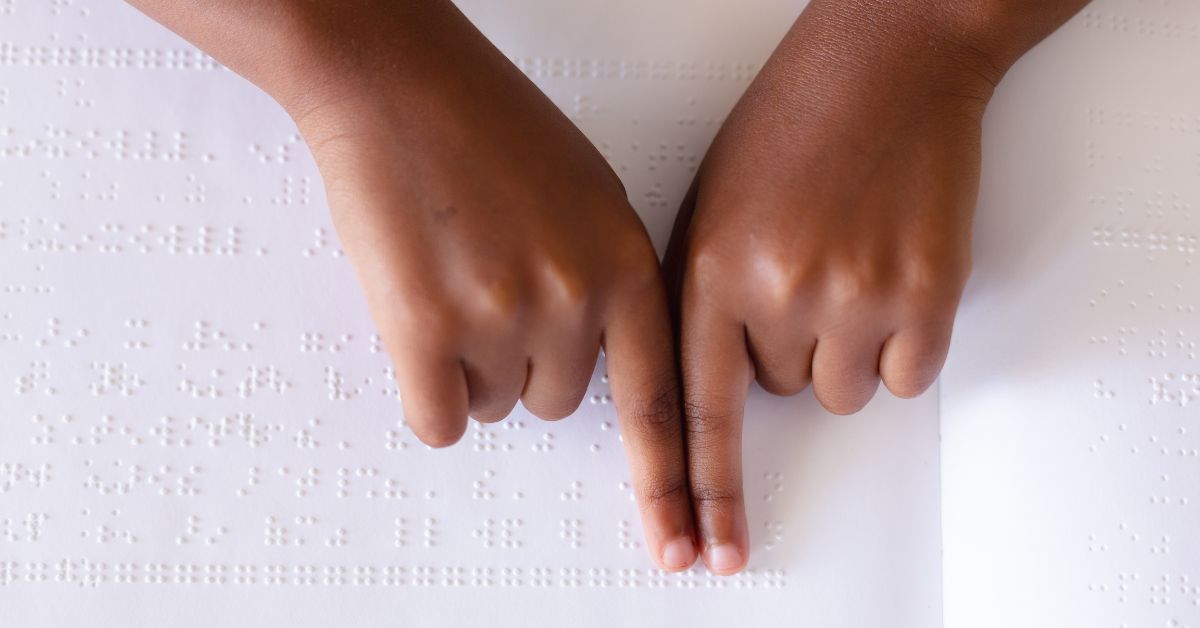
Having a child with visual impairment can push you into experiences that you’re unfamiliar with. While this will bring some challenges, a lot of good will come from this experience, too. This guide aims to provide a beacon of support and insight for parents to help them face these changes with confidence. Here are some things you’ll need to know about having a visually impaired child.
Understanding the Diagnosis
Visual impairment in children can range from mild vision loss to complete blindness. The diagnosis might come as congenital (present at birth) or develop later. Conditions like retinopathy of prematurity, cataracts, and glaucoma are common culprits. Recognizing the cause and type of your child’s visual impairment is the first step toward understanding their world, enabling tailored support to enrich their growth and development.
Navigating the Emotional Journey
The emotional tapestry woven by parents upon learning their child’s visual impairment is complex, featuring threads of grief, guilt, fear, and hope. Parents must acknowledge negative feelings as being part of a natural process. That’s why seeking out professional counsel, joining support groups, or connecting with other parents on similar journeys can be profoundly therapeutic. Remember, it’s OK to seek help—you’re your child’s strongest advocate, so you need to be fully present to help.
Practical Tips for Daily Life
When first addressing your child’s visual impairment, creating an environment that promotes safety and independence doesn’t require extraordinary measures. Rather, you need to make only a few mindful adjustments. Use tactile markers on toys, furniture, and appliances to aid in navigation and identification. Opt for auditory cues and enrich sensory experiences through touch, sound, and smell. Encourage exploration within safe boundaries to foster independence and confidence.
Educational Rights and Resources
The law states that every child, including those with visual impairments, should receive a free and appropriate education. Individualized Education Plans (IEP) or 504 Plans can offer accommodations such as braille instruction, assistive technology, or access to a teacher for the visually impaired. However, it’s not only the child that needs to learn. Parents need to understand things such as how braille signage empowers the visually impaired. Modern technology also provides innovative tools—from screen readers to text-to-speech apps—that seamlessly integrate learning with accessibility.
Community Support
One of the most uplifting aspects for your child is discovering a community of families with visually impaired children and professionals eager to support, share, and lift each other. Finding this kind of community support is one of the most important things to know about when you have a visually impaired child. Both local and national organizations offer resources, workshops, and networking opportunities for parents and children alike. These communities provide practical advice and remind you and your child that you’re not alone on this journey. Make sure you put in the effort needed to get your child involved in the community.

Sam Hopes is a 37-year-old mom of two living in Portland, Oregon. She works as a freelance graphic designer and part-time yoga instructor, juggling creative projects with playdates and PTA emails. Known for her warm personality and dry humor, Sam loves hiking in Forest Park, thrifting on Mississippi Avenue, and weekend visits to OMSI with her kids, Ella and Milo. She’s the kind of parent who forgets sunscreen but always remembers snacks—and a good laugh.
